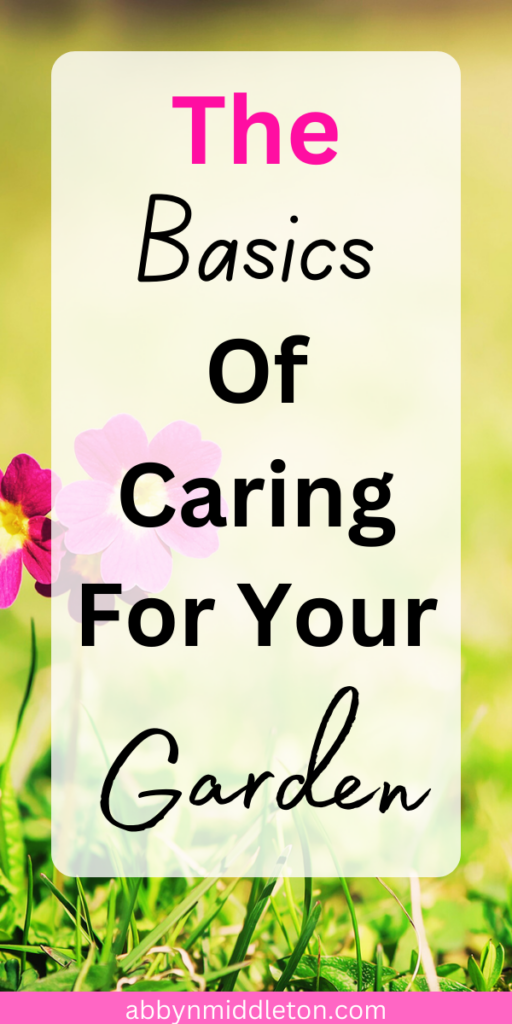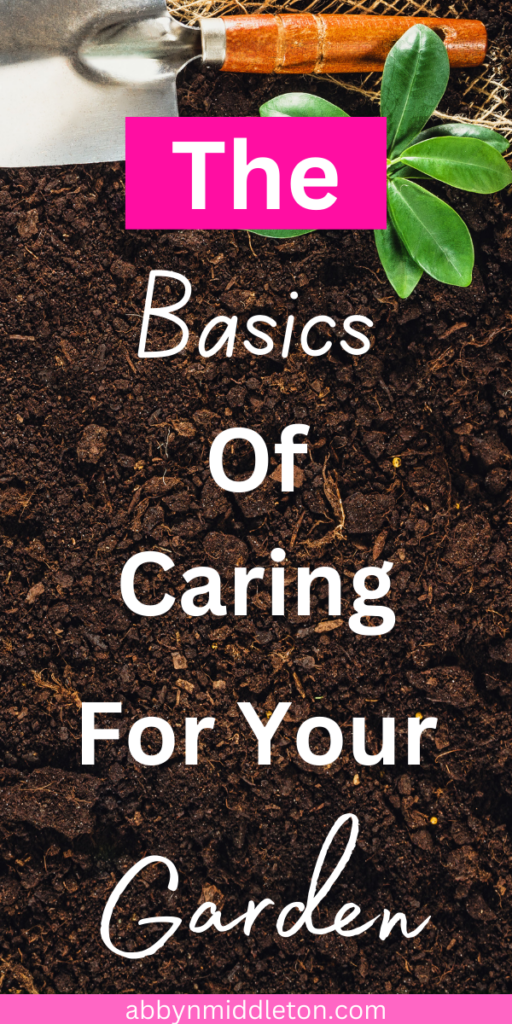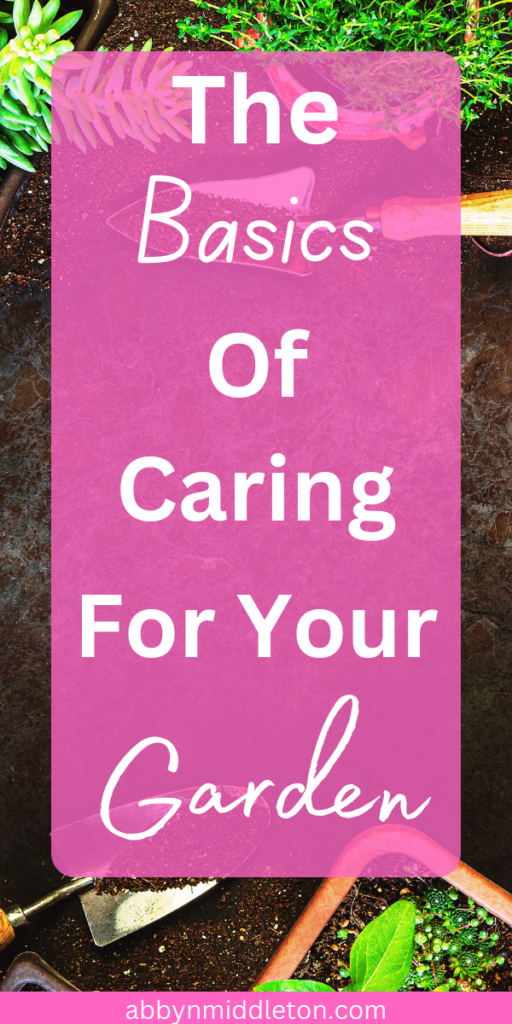Green Thumb 101: The Basics of Caring for Your Garden
Welcome to “Green Thumb 101,” where we delve into the essential techniques and knowledge needed to cultivate a thriving garden. Whether you’re a beginner or looking to refresh your gardening skills, this comprehensive guide will equip you with the fundamental principles of garden care. From soil preparation to watering strategies and pest control, we’ll cover it all. Let’s dig into: “Green Thumb 101: The Basics of Caring for Your Garden” and discover how to develop your green thumb!

- Start with the Right Soil:
The foundation of a healthy garden lies in its soil. Begin by testing the pH level of your soil to determine its acidity or alkalinity. Most plants prefer a neutral pH range between 6 and 7. Amend the soil with organic matter like compost or well-rotted manure to improve its structure, drainage, and nutrient content. This ensures a fertile environment for your plants to grow.
- Plan and Prepare:
Before diving into planting, create a well-thought-out garden plan. Consider factors such as sunlight exposure, plant spacing, and compatibility. Different plants have varying requirements, so grouping them accordingly will optimize their growth. Clear the area of weeds, rocks, and debris to provide your plants with ample space to thrive.
- Water Wisely:
Watering is a crucial aspect of garden care. Monitor the moisture levels in your garden regularly and water your plants when the top inch of soil feels dry. Deep watering encourages strong root growth, so aim to moisten the soil to a depth of 6 inches. However, be cautious not to overwater, as it can lead to root rot and other plant diseases.
- Feed Your Plants:
To maintain vibrant and healthy plants, proper nutrition is vital. Fertilize your garden regularly using organic or slow-release fertilizers. These provide a steady supply of nutrients without causing rapid growth spurts that make plants vulnerable to pests and diseases. Follow the recommended application rates and timing for optimal results.
- Keep Weeds at Bay:
Weeds compete with your garden plants for nutrients and resources, so staying on top of weed control is essential. Mulching with organic materials like straw or wood chips helps suppress weed growth and conserves moisture in the soil. Regularly inspect your garden for weeds and remove them promptly to prevent them from spreading.
- Pest and Disease Management:
Protecting your garden from pests and diseases is crucial for its overall health. Identify common garden pests and learn natural methods to control them, such as companion planting, beneficial insects, or homemade organic sprays. Regularly inspect your plants for signs of disease, and promptly address any issues to prevent further damage.
Congratulations! You’ve completed “Green Thumb 101,” a comprehensive guide to the basics of caring for your garden. By understanding the importance of soil preparation, proper watering, nutrition, weed control, and pest management, you’re well on your way to cultivating a thriving garden. Remember, gardening is a journey of continuous learning, so don’t be afraid to experiment and adapt your techniques as you gain more experience. Get ready to witness the fruits of your labor as your green thumb flourishes!
Thank you so much for reading: “Green Thumb 101: The Basics of Caring for Your Garden.” New to: abbynmiddleton.com? I post weekly blog posts on health, beauty, and lifestyle! If you liked this post, you might also like my blog post on: “Organizing Your Time and Tasks Effectively” For more reading on: “Green Thumb 101: The Basics of Caring for Your Garden,” check out this blog post here!


